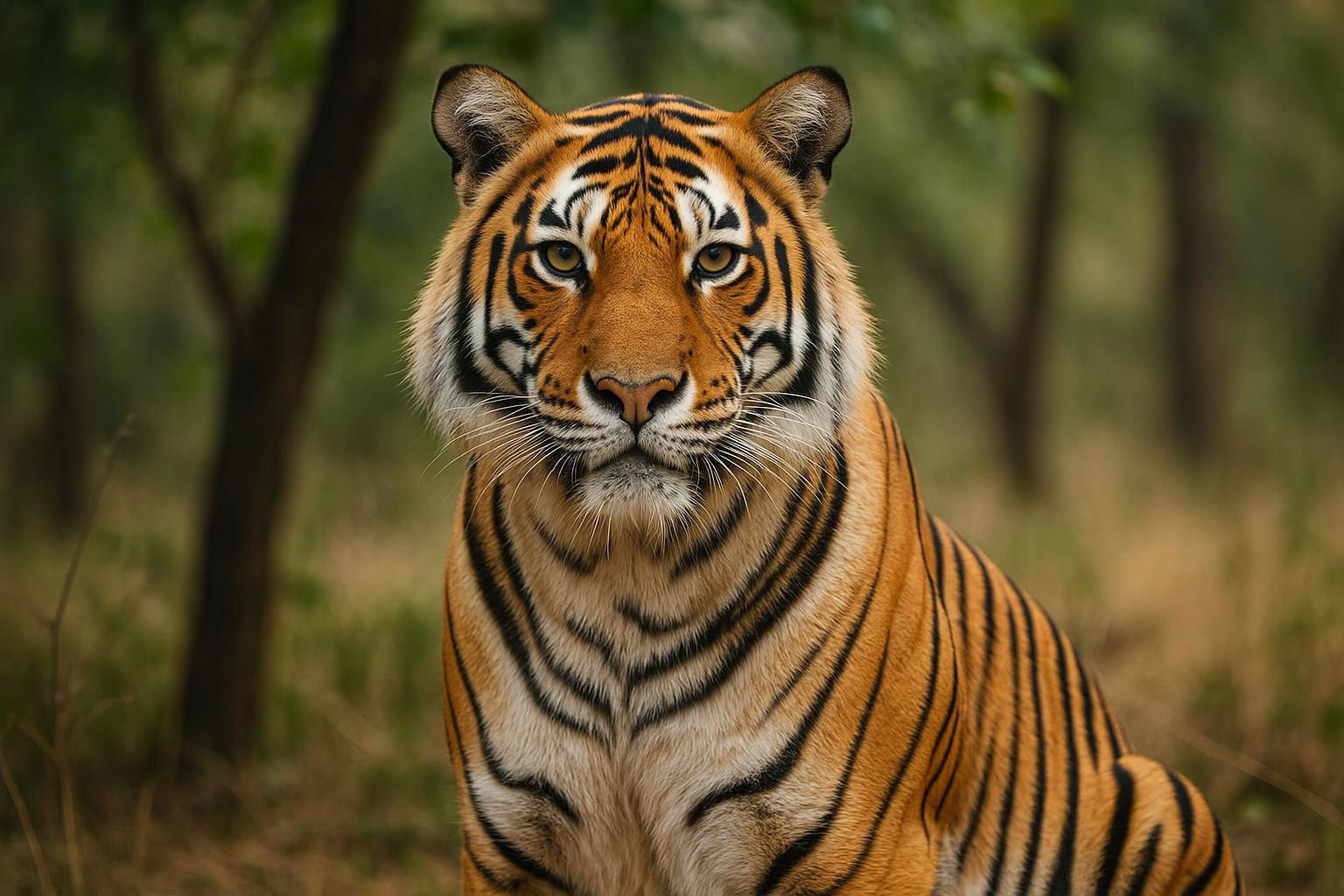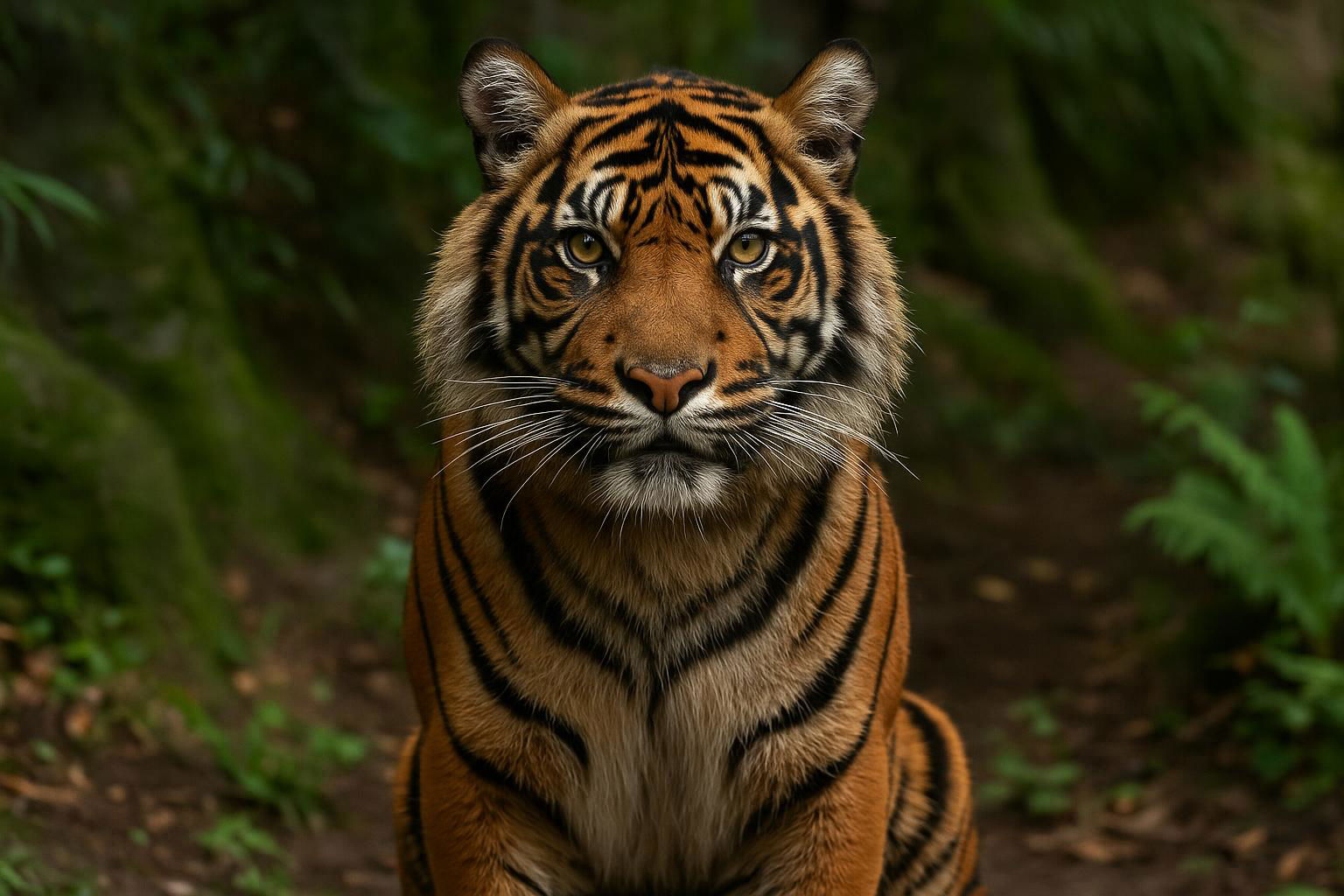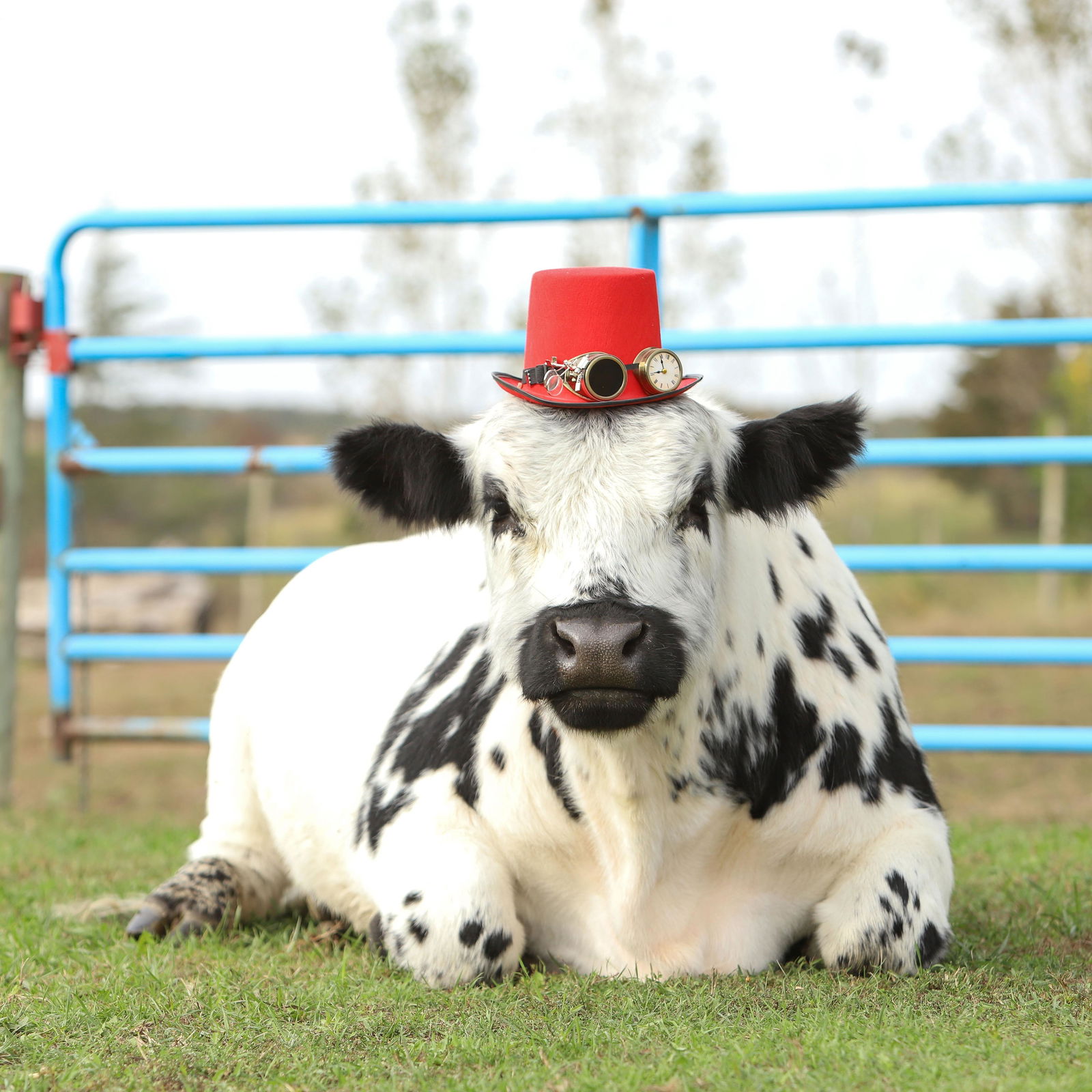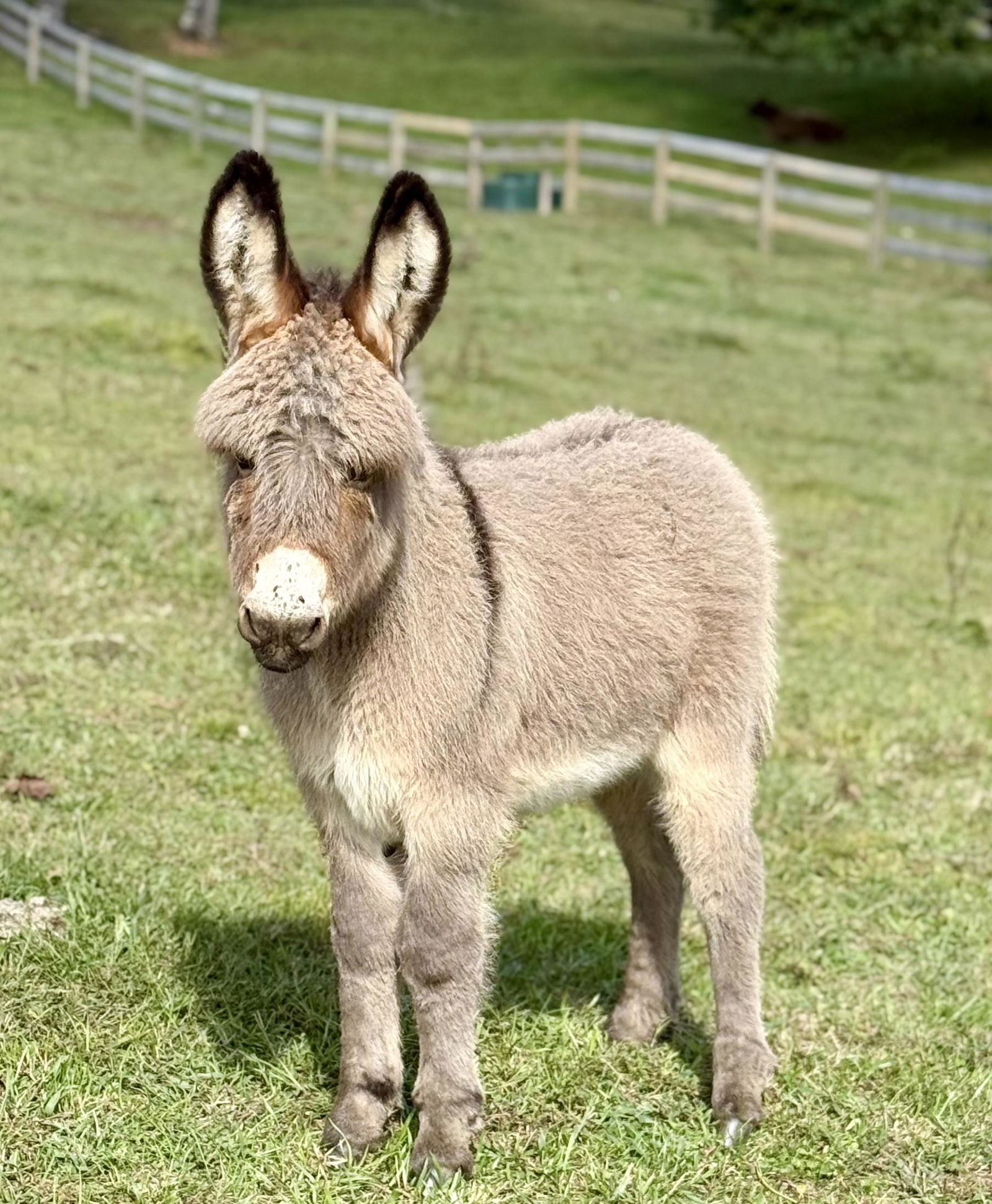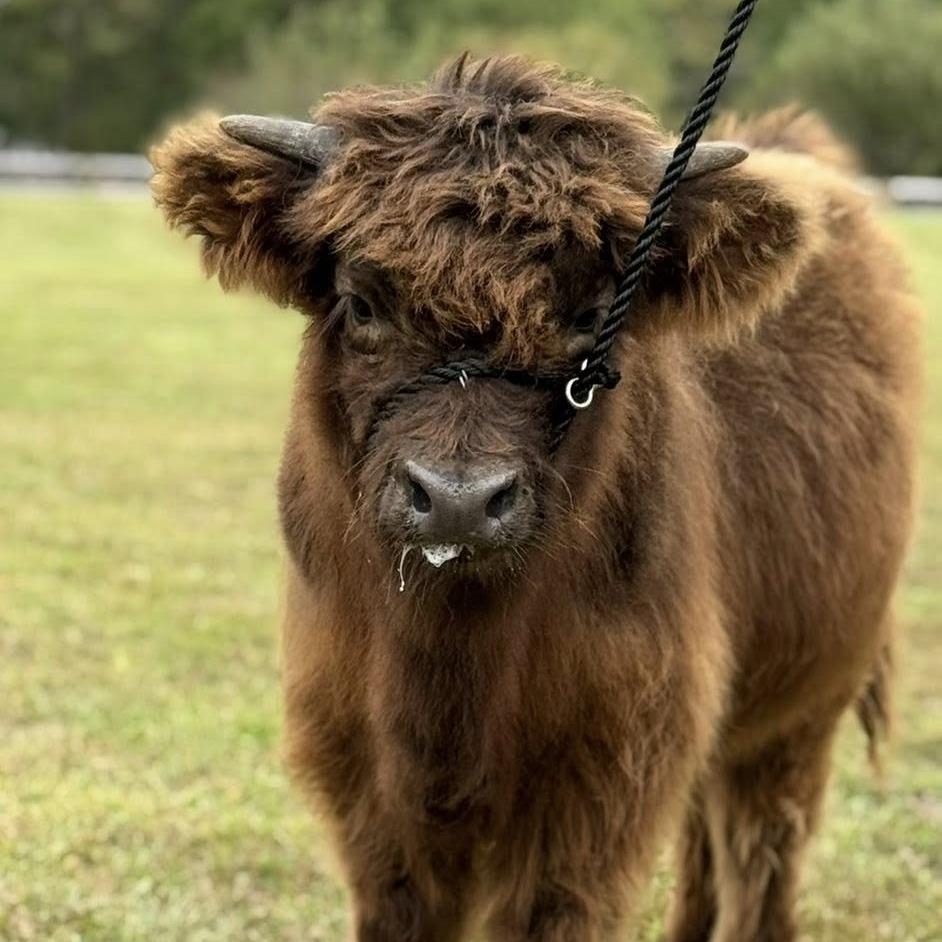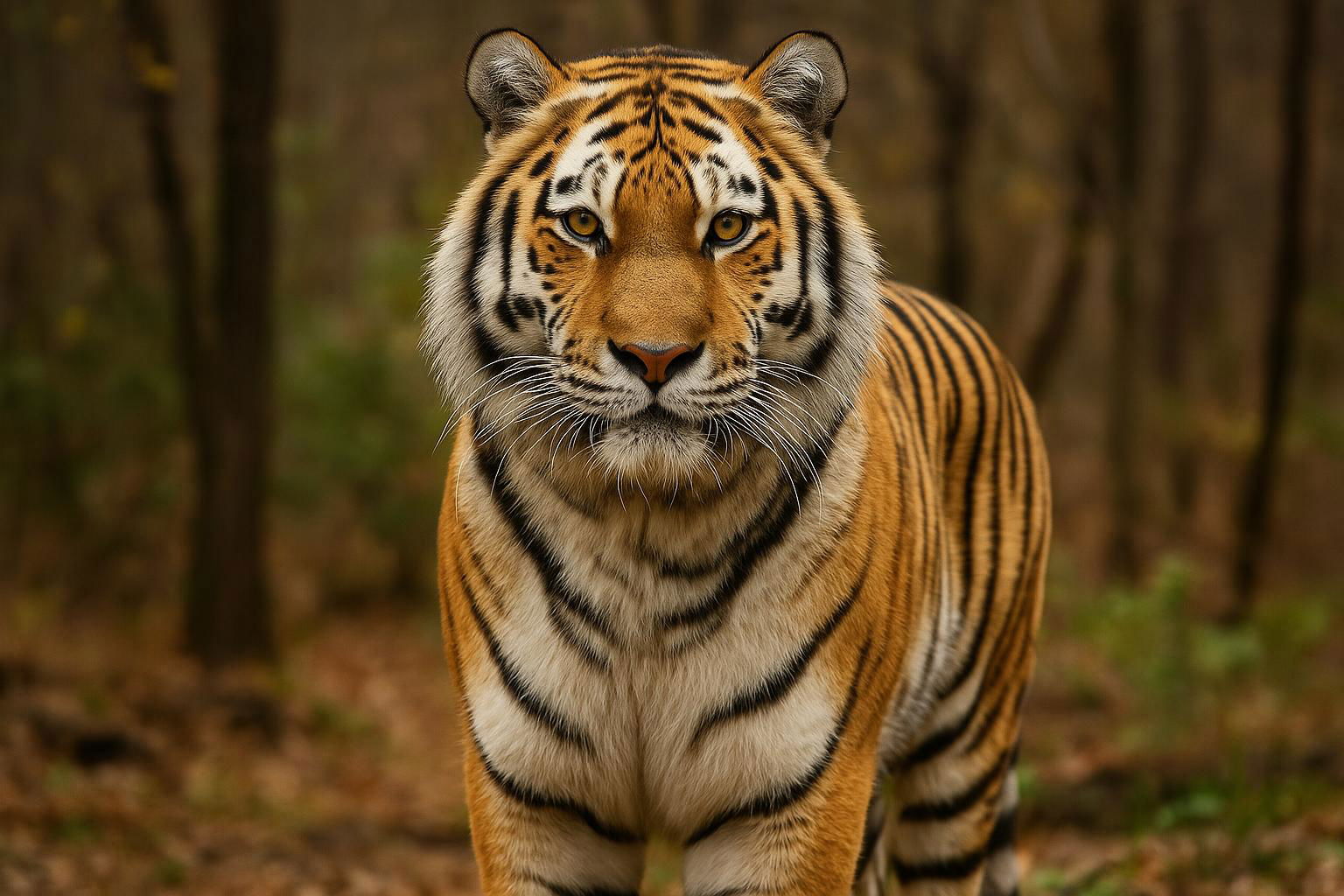
Siberian
The Siberian tiger, also known as the Amur tiger, is a remarkable subspecies that stands out for its impressive size and adaptability to the harsh climates of the Russian Far East. Renowned as the largest of all tiger subspecies, Siberian tigers are distinguished by their thick, pale golden coat adorned with dark, widely-spaced stripes, providing excellent camouflage in their snowy, forested habitats. This coat is denser than that of other tiger subspecies, a necessity for surviving the frigid temperatures.
With an average weight ranging from 100 to 300 kilograms (220 to 660 pounds), males are significantly larger than females, and their robust, muscular build enables them to travel vast distances in search of prey. Siberian tigers exhibit specialized adaptations, such as broader paws that help them move easily across snow, and a layer of fat that not only serves as insulation against the cold but also as a nutritional reserve during lean hunting periods.
These majestic predators are primarily solitary, possessing vast territories that they fiercely defend. Their diet predominantly consists of ungulates such as deer and wild boar, showcasing their prowess as apex predators. Despite their formidable nature, Siberian tigers face significant threats from habitat loss and poaching, leading to concerted conservation efforts to safeguard their dwindling population. These efforts, along with efficient anti-poaching measures, have shown promising signs of increasing their numbers, offering hope for the future of this iconic subspecies.
Colors: Orange with Black Stripes, White

 All Species & Breeds
All Species & Breeds
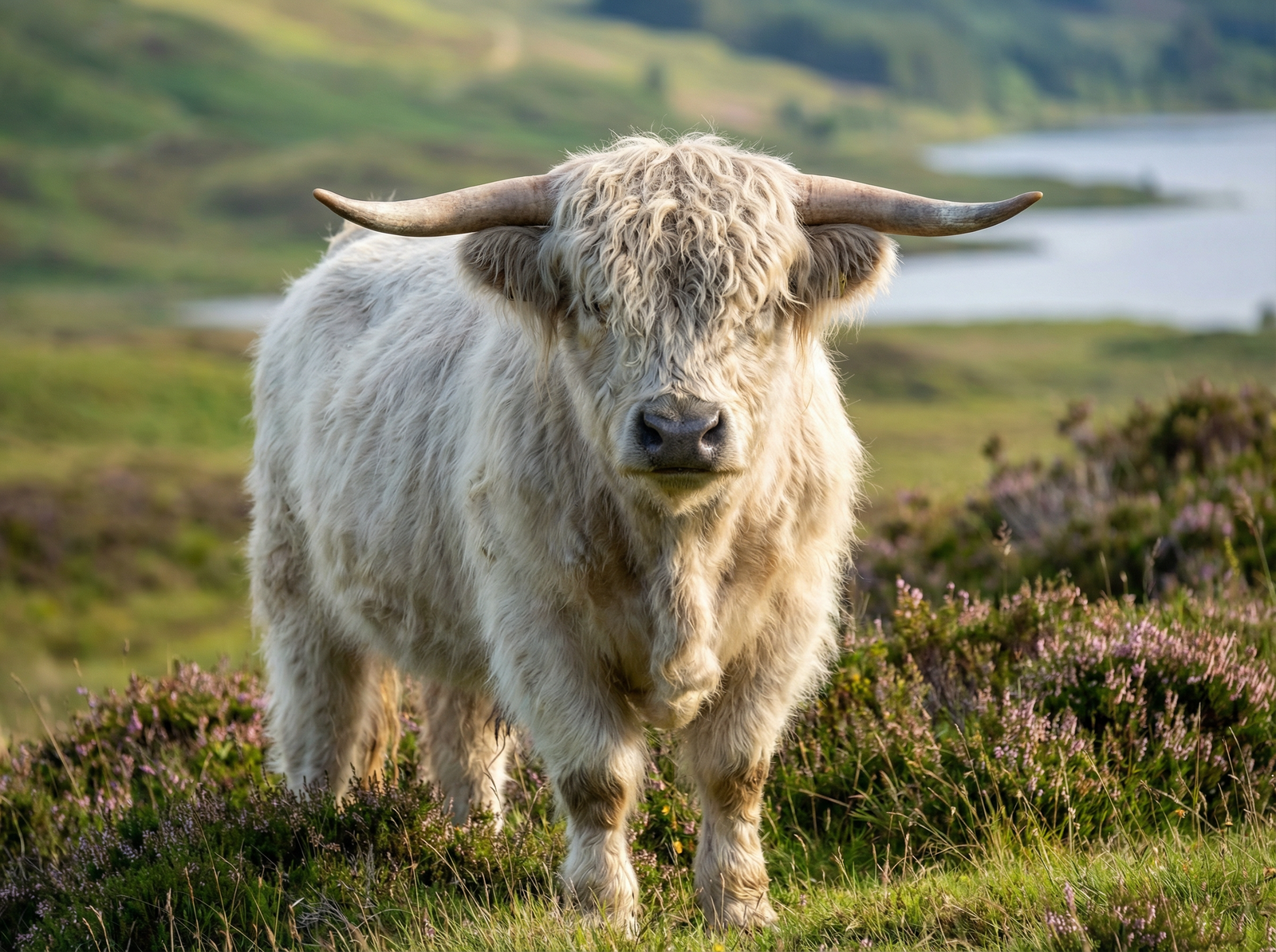 Highland Cattle
Highland Cattle
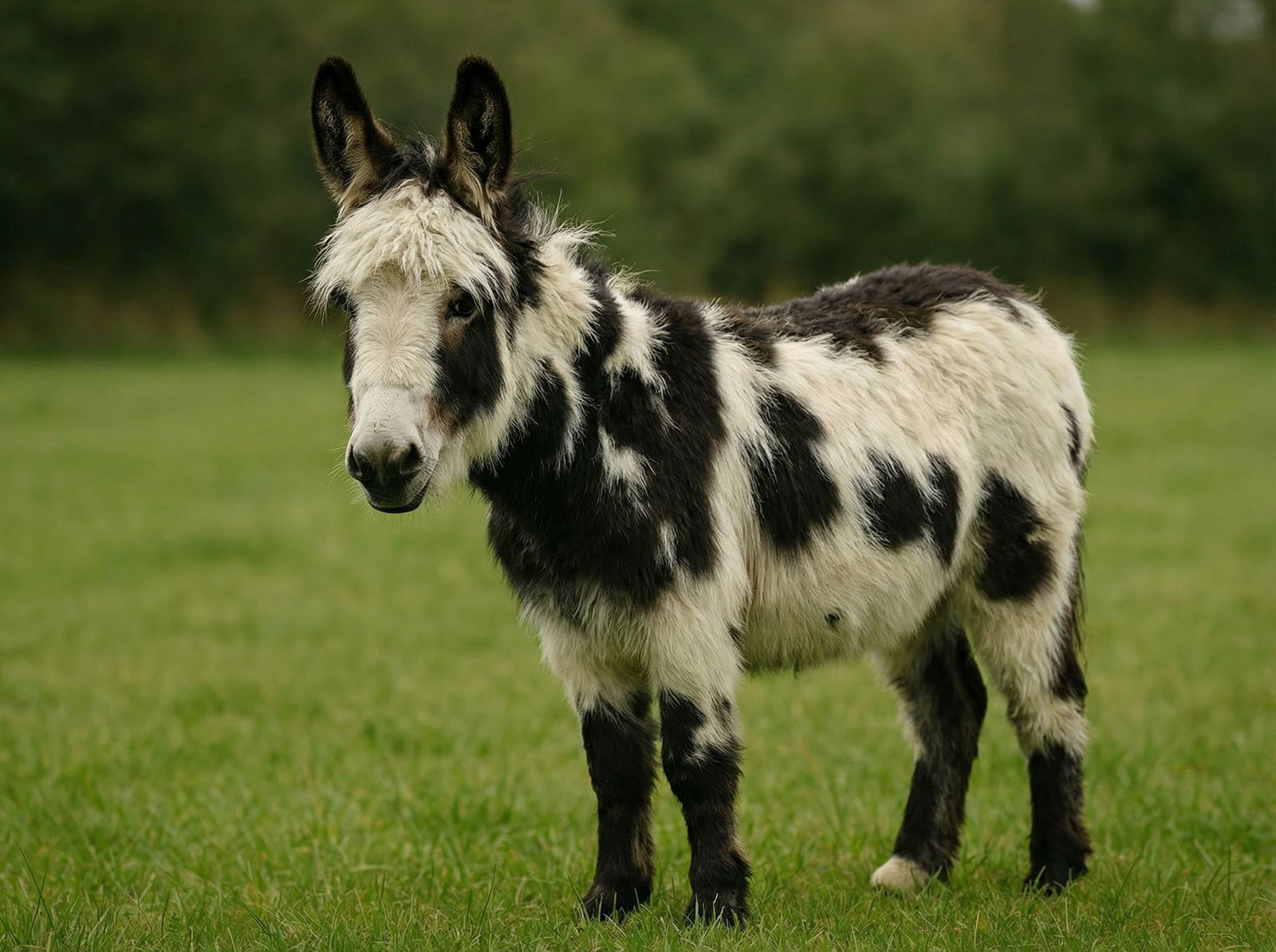 Miniature Donkeys
Miniature Donkeys
 All Species Directory
All Species Directory
 Highland Cattle in Virginia
Highland Cattle in Virginia
 Miniature Donkeys in Texas
Miniature Donkeys in Texas
